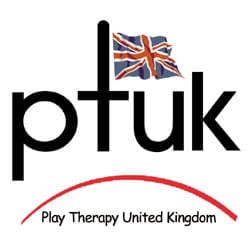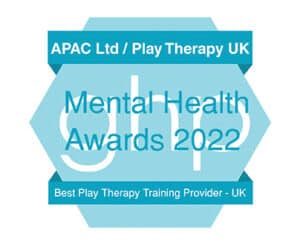The research was a systematic hermeneutic enquiry using both qualitative and quantitative assessment methods. The effectiveness of mother child pairing group work, to address children who demonstrate a pattern of attachment difficulties, was explored by focussing on the attachment relationship between mother and child. This approach was also supported by the evaluation of quantitative data in relation to classroom behaviours specifically identified for observation. The research was approved by Canterbury Christ Church University.
The boys and their mothers attended twelve forty minute group play therapy sessions. The sessions were planned and conducted in a person centered way. At the beginning of each session the group discussed boundaries to establish a safe therapeutic space. A time marker was referred to so the number of sessions was clear. A creative task was explained for the group to undertake in mother and child pairs, the focus being on the mother and child interaction rather than the creative result. This was followed by an exercise based on positive touch.
Data collection consisted of collecting the results from the Strengths and difficulties questionnaire (SDQ), the Attachment Q-sort, an adapted version of the Attachment Q-sort (version 3) and the Gilroy Classroom Observation Rating Scale which was devised by the researcher to gather data for triangulation purposes. The co- facilitator observed each child in the classroom and completed a weekly evaluation questionnaire. The researcher observed the interactions between mother and child during the group play therapy sessions using the adapted attachment q-sort questionnaire while a co-researcher assisted the group process. Photographs of work were taken, but not of participants. Before the first session, after the middle session and after the final session a strengths and difficulties questionnaire was completed by the class teacher.
The analysis of the results considered the data collected throughout the study and found the group showed a positive increase in prosocial skills by the middle SDQ questionnaire and a further increase in prosocial behaviour at the end of the group sessions.
The group participants exhibited a spread of observable classroom behaviour linked to poor behaviour. By the end of the study all participants had reduced classroom behaviours linked to poor attachment from the beginning of the study.
The adapted Q-sort results illuminated an increase in positive behaviours within the group therapy sessions by the end of the sessions.
The adapted Q-sort results illuminated an increase in positive behaviours within the group therapy sessions by the end of the sessions.





